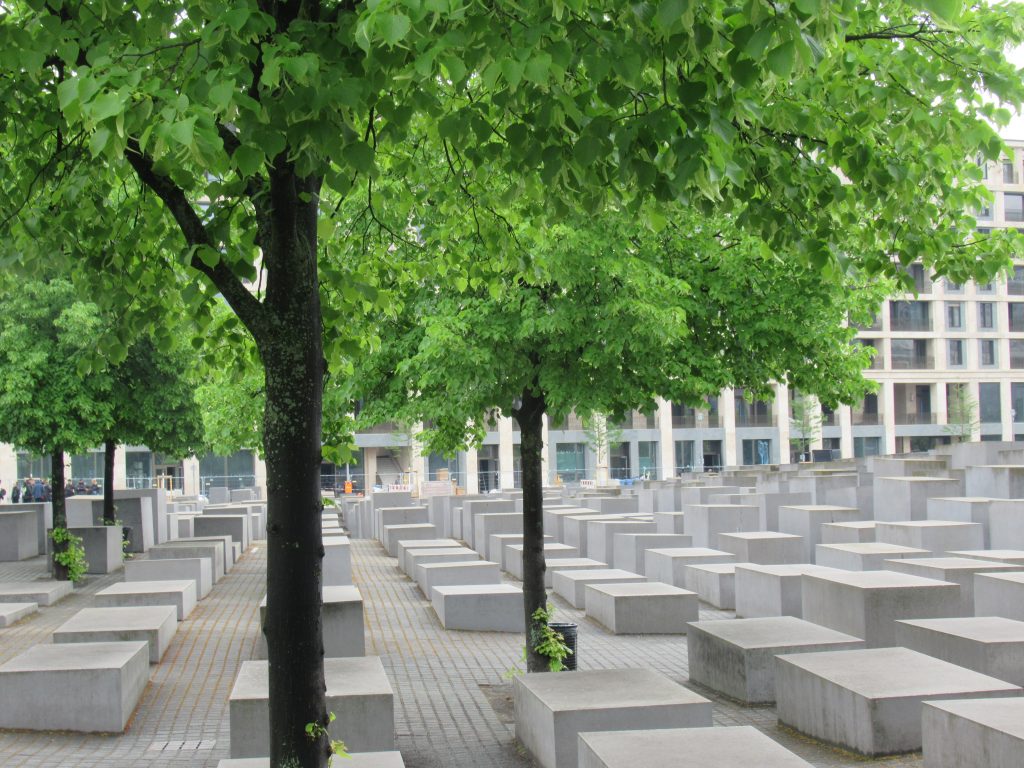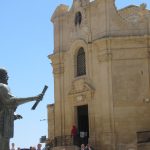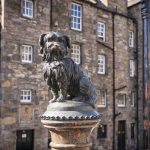Berlin does everything possible to make sure the Holocaust is never forgotten. This post is a guide to a number of places in the city where you can learn what happened and remember the victims, collectively and in some cases individually.
The Holocaust in Germany
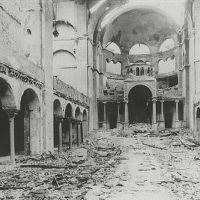
But first, some context. All through the 1930s, the persecution of Jews increased in frequency and horror. In his book, The House by the Lake, Thomas Harding describes how at bathing areas like the Wannsee Strandbad, signs went up, prohibiting Jews from swimming. Laws forbad Jews to marry non-Jews, Jewish businesses were boycotted, and Jews were gradually pushed out of the professions, the schools and the universities. The dreadful night of the 9th-10th November, 1938, Kristallnacht, or ‘the night of broken glass’, was Germany-wide, and on Gestapo orders, over a thousand German synagogues were burned, thousands of Jewish business were destroyed and some 30,000 Jews were arrested.
The Holocaust in Berlin
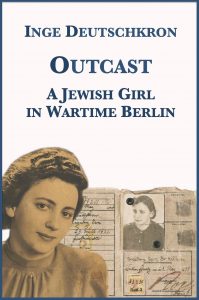
In Berlin, there was much destruction on Kristallnacht and round-ups intensified. In Outcast: A Jewish Girl in Wartime Berlin, Inge Deutschkron recalls that vans appeared outside Jewish homes and SS and plain clothes men dragged people out of their houses and drove them away. The Neue Synagoge on Orianenburger Strasse was set alight, and badly damaged, although not completely destroyed. A policeman, Otto Bellgardt, dispersed the rioters at gunpoint and called the Fire Brigade. Many Jews fled Berlin, but many more, who did not escape, were sent to the concentration camps.
Sachsenhausen Concentration Camp

The nearest concentration camp to Berlin was Sachsenhausen, today a memorial site and museum. It’s about 35 km north of the centre and can be reached by taking the S1 line to Oranienburg and then a 15 minute bus or taxi journey. Chillingly, the camp was built in 1936, just as the Nazis were hosting the Berlin Olympics and using this showpiece event to try and impress visitors from all over the world. 200,000 people were interned there and tens of thousands died, of hunger and disease, from exhaustion because of forced labour, from torture or because they were murdered.
On a visit you will find that much of the camp has been left as it was, but there are also thirteen exhibitions to help you understand what you are seeing. In Barack 38, the exhibition on ‘Jewish Prisoners in Sachsenhausen’ is told mainly through the words of former prisoners and in Barack 39, where the bleak surroundings have been left largely untouched, there are 6 display cases, each housing a short film on the ’Everyday Life of Prisoners’, again told in prisoners’ own words, interspersed with wording from Gestapo documents and illustrated with photographs and enlarged copies of drawings made by prisoners.
Berlin’s Holocaust Memorial
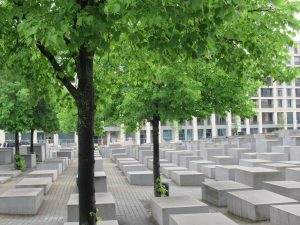
In central Berlin, the ‘Memorial to the Murdered Jews of Europe’ occupies a prominent place near the German parliament and the Brandenburg Gate. It’s a large site where 2711 concrete slabs of different sizes sit on sloping ground. Chloe Aridjis, in Book of Clouds, describes wandering among them as disorientating or claustrophobic and compares the slabs to tombstones, although there is no text anywhere. It’s a place for reflection and contemplation. At one corner is the entrance to an underground information centre, where a timeline explains the facts of the holocaust and documents – letters, photographs, diary extracts – recall those who were murdered. In the Room of Names, the birth and death dates of named people are projected onto the walls, and a voice reads out information about each. The knowledge that 6 million Jews were murdered is brought into focus through these named people.
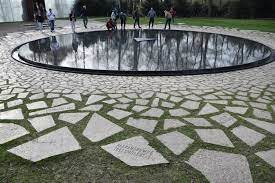
After the Memorial to the Murdered Jews of Europe was installed in 2005, it was decided that separate memorials should be erected to other persecuted groups. The Memorial to Homosexuals Persecuted under Naziism was installed in 2008, a slanted column, with films playing inside on a loop, of a male couple and of two women, kissing. In 2012, Memorial to Sinti and Roma Victims of Naziism was installed. It’s a circular pool, with a triangular stone in it – the shape recalling the ‘badges’ prisoners were forced to wear – and the text of a poem, ‘Auschwitz’, by the Roma poet Santino Spinelli, set in bronze around the edge. Both are at the parliament end of the Tiergarten, so prominent in the very heart of the city.
More Jewish Memorials in Berlin
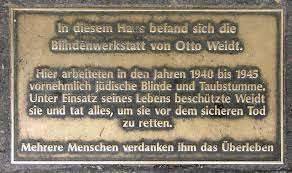
Just north of Alexanderplatz in an area – the Scheunenviertel – where many Jews lived, is the Otto Weidt Museum. Otto Weidt owned a broom and brush workshop, employing many blind Jews and he took huge risks to protect them, helping them get false papers, giving them food and in some cases hiding them away in a little room at the back of the workshop. Today, it is a museum, where you can learn the story through letters and photographs, for example desperate pleas for help and a thank you letter for a food parcel sent to prisoners in the Theresienstadt concentration camp. In the same building is the Anne Frank Museum.
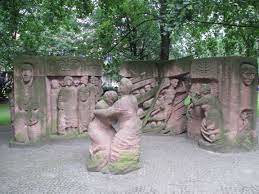
Nearby, in a little park on Rosenstrasse, is the Block der Frauen monument, recalling the bravery of hundreds of women married to Jewish men who campaigned for their release after they had been rounded up and imprisoned. Sandstone blocks with Jewish texts encircle a couple embracing. Nearby figures depict a man playing a broken violin representing the culture which was lost and a person sitting on a park bench, a reminder that this simple act was forbidden to Jews under the Nazi regime.
The Stolpersteine: Found All Over Berlin
Stolpersteine, which means ‘stumbling stones’, can be found all over Berlin. 10cm square brass plaques have been set into the pavement outside houses where murdered Jews lived, worked or went to school. Each gives the person’s name, dates of birth and death and the concentration camp where they died, information also recorded on an online database. Click on the map to find the information on the plaque, then click on the name to find out more about the person. Sometimes you will find several plaques in one place, recalling each member of a murdered family. The Horn family, for example. The parents, Chaim and Machla were both born in Poland, but met and married in Berlin. They worked in Otto Weidt’s brush factory and were hidden away by him, but betrayed by neighbours, arrested by the Gestapo on October 14th 1943 and taken to Auschwitz, where they and their two teenage children, Max and Ruth, were all murdered.
The Stolpersteine project is ongoing. Research continues, new plaques are installed and information extended, all under the motto which sums up everything about the holocaust and remembrance: Never Forget.
Listen to the Podcast
Further Suggestions
Outcast: A Jewish Girl in Wartime Berlin by Inge Deutschkron
The House by the Lake by Thomas Harding
Book of Clouds by Chloe Aridjis
Links for this post
Holocaust Memorial
Sachsenhausen Memorial and Museum
Otto Weidt Museum
Anne Frank Museum
Block der Frauen Museum
Berlin’s Stolpersteine (‘Stumbling Stones’)
Previous Episode Finding World War II in Berlin Today
Next Episode In Search of the Berlin Wall
Last Updated on July 20, 2024 by Marian Jones

